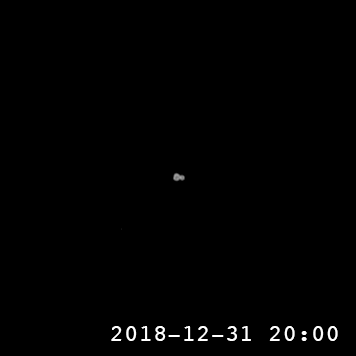Voyager 2 Could Be Nearing Interstellar Space
This graphic shows the position of the Voyager 1 and Voyager 2 probes relative to the heliosphere, a protective bubble created by the Sun that extends well past the orbit of Pluto. Voyager 1 crossed the heliopause, or the edge of the heliosphere, in 2012. Voyager 2 is still in the heliosheath, or the outermost part of the heliosphere.
Image Credits: NASA/JPL-Caltech
After being launched in 1977 and traveling alone through space for the next 40 years, Voyager 2 may finally be entering interstellar space, following its sibling, Voyager 1.
How do we know that Voyager 2 is approaching interstellar space?
The heliosphere is the area around the Sun and planets which is dominated by magnetic fields and solar material. The outermost area of the heliosphere is known as the heliopause - and is where the rate of cosmic rays starts to increase. This indicates that Voyager 2 is exiting the embrace of our sun and entering the cold vastness of interstellar space.
Voyager 2 trajectory in the sky from earth from 1977-2030, taken from https://ssd.jpl.nasa.gov ephemeris export. Image Credit: Tomruen - Own work, CC BY-SA 4.0, https://commons.wikimedia.org/w/index.php?curid=64544827
Its sibling met a similar fate. According to NASA:
In May 2012, Voyager 1 experienced an increase in the rate of cosmic rays similar to what Voyager 2 is now detecting. That was about three months before Voyager 1 crossed the heliopause and entered interstellar space.
While this conclusion is not definitive - Voyager 2 is in a different location than Voyager 1 and thus may experience a different exit timeline - it is still a strong indicator.
"We're seeing a change in the environment around Voyager 2, there's no doubt about that," said Voyager Project Scientist Ed Stone, based at Caltech in Pasadena. "We're going to learn a lot in the coming months, but we still don't know when we'll reach the heliopause. We're not there yet -- that's one thing I can say with confidence."
For more information about the Voyager spacecraft, visit:











